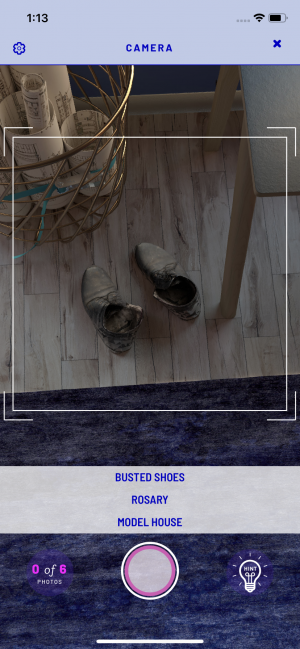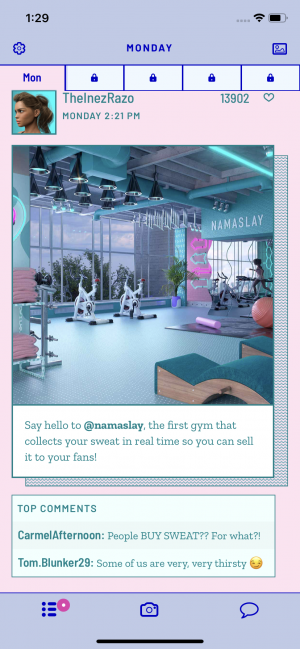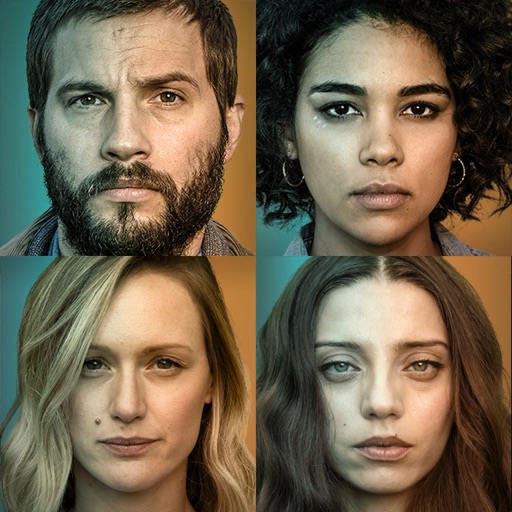HoloVista review

HoloVista is an experience that plays with the idea of mental constructs and how they affect the world around us, so it makes sense that its mechanics involve interactions with the built environment, social media, and photography. What starts as a super stylish and confident narrative adventure unravels over time, though, in ways that seem intentional and not. This ultimately leaves HoloVista feeling a little underdeveloped despite its strong start.


Picture perfect
In HoloVista, you play as Carmen, a young twenty-something chasing a professional career in architecture. The game begins just as she's waiting to hear back from Mesmer & Braid, an enigmatic firm on the bleeding edge of the field, which just so happens to be her top choice for employment.
Unsurprisingly, Carmen indeed gets an offer to work at Mesmer & Braid, which kicks off a strange adventure that requires Carmen to document her experience in a mysterious, opulent house via social media. What ends up happening on this assignment is the core of HoloVista's story, which is the game's primary driving force.
Hidden objects
At any given point in HoloVista, you interact with the game either by taking photos in an environment or posting said photos to an Instagram-like social media platform. These actions aren't completely freeform, though. When in photo mode, you have a list of items you must find and capture, much like a hidden object game. Similarly, the posting mode of the game provides you with a caption upfront, which you then use to clue-in to which photo you should be selecting to post.
As you upload photos, HoloVista's story develops and progresses via reactions to your posts, updates on your friends' feeds, and direct message conversations that punctuate each chapter in the story. Most of this is doled out fairly linearly, though there are password-protected posts you can unlock and opportunities to re-enter scenes to find more objects if you'd like. The former grants some additional insight into Carmen's experiences, but the latter adds little to the game unless you're looking for a way to find more hidden objects.


Lost in thought
The thing that makes HoloVista so compelling is its setup. Carmen and her friends live in a cyberpunk world that juxtaposes future tech around body modification and artificial wildlife against familiar concepts like the clout-chasing grind of social media. On top of that, the surreal and extravagant house Carmen visits has an over-the-top interior design aesthetic that can only be described as vaporwave by way of goth Lisa Frank.
Put simply, the world of HoloVista is fascinating. I just wish more of it was in the game. For the most part, you're confined to experiencing Carmen's journey, which has its own pursuits and rewards, but it feels almost entirely disconnected from the rest of the world in a way that's kind of frustrating. HoloVista shows such promise at its start because of the world-building it does and the big questions it asks, but then it does nothing with them. These things just end up as props that are used to tell a much less nuanced (though well written) story.
The bottom line
HoloVista starts as an exciting world of possibilities but fizzles out into a small reflection on personal growth. This isn't necessarily a bad thing, as it maintains a fantastic sense of style and finds creative ways to push the plot forward that are mostly enjoyable. For these reasons alone, it's worth picking up. Few mobile games have such a strong sense of identity as HoloVista, just know that if you see it through, you'll end up somewhere very different from where you started.


















